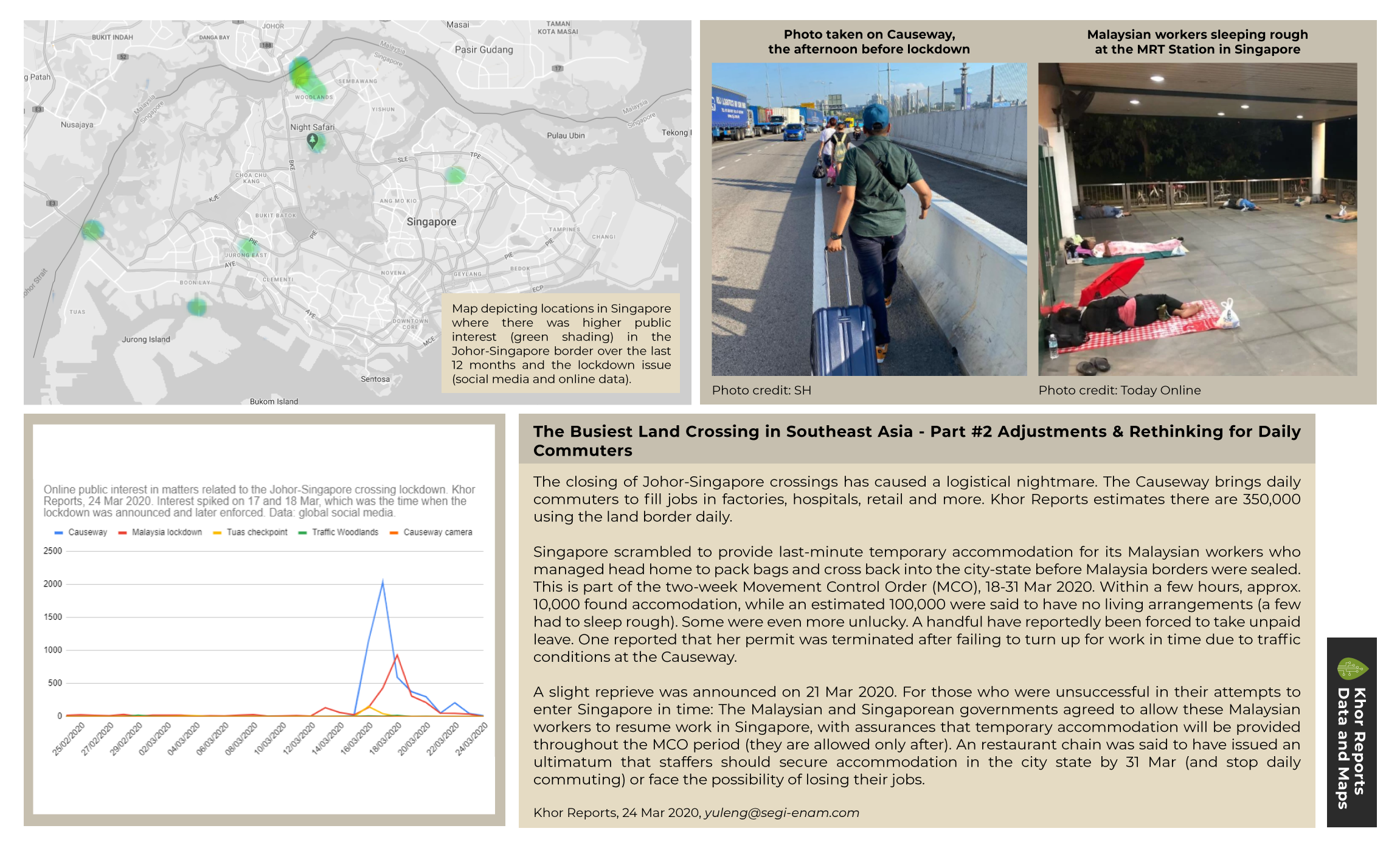Another #KhorReports infographic on #Covid19, this time on the #MilkTeaAlliance, a hashtag born out of an ongoing geopolitical virus blame game within Asia. With talks of a second wave of the virus, this event maybe be worth keeping an eye on.
Online Public Interest: Coronavirus and #Masks4All
Here are a couple of #KhorReports infographic on the #coronavirus. The first one is on the #Masks4All campaign (check out #Masks4All.org and #Masks4All.co) following the positive shift in public attitude towards masks despite initial ambivalence on the subject from public authorities. Also, there is a surge in public interest #self-help tips and tricks, such as consuming #vitamin C and #turmeric as well as DIY masks, as well as the emergence of face mask fraud cases in Malaysia.
The second infographic focuses on public interest in mask-wearing in three cities—Hong Kong, New York, and Singapore—and a throwback on mask usage during the Great Influenza of 1918. Also included is a brief update on #China as it gradually eases its #Coronavirus #lockdown.
#Coronavirus Lockdown - Increasing Interest as Outbreak Continues
#KhorReports infographic on #coronavirus #covid19 #lockdown in #socialmedia data. Notably, #India under lockdown, Prince Charles tests positive and Greta Thunberg says she reckons she has been recovering from it. Tokyo Summer #Olympics2020 postponed. #dirumahaja #DudukdiRumah #StayHome #StayAtHome #Quedateentucasa #Ficaemcasa #RestezChezVous #iorestoacasa And more hashtags... #StayHomeStaySafe #NotDying4WallStreet #QuarantineandChill #LockdownNow #Covidiots #MyPandemicSurvivalPlan #FlattenTheCurve #SocialDistancing #TogetherAtHome
The Busiest Land Crossing in Southeast Asia: Part #2 - Adjustments & Rethinking for Daily Commuters
Continuing from our first post on the closing of the Johor-Singapore crossing, drastic adjustments and rethinking for Malaysian commuting daily to the Singapore for work. As swathes of people flock the causeway into the city-state, Singapore authorities and employers scramble to facilitate temporary accommodation. Many workers who successfully crossed the border had to sleep rough at train stations (see picture). Those left behind were later allowed to resume work in Singapore.
Accordingly, Singaporean online public interest in matters related the Johor-Singapore crossing lockdown spiked around the time when the Movement Control Order was announced (17 Mar 2020) and enforced (18 Mar 2020) (see graph and map).
On our previous post about the Johor-Singapore crossing see Part #1.
The Busiest Land Crossing in Southeast Asia: Part #1 - Virus Closes It
At the stroke of midnight on 18 Mar 2020, the Johor-Singapore border sealed shut following the enforcement of the two-week Movement Control Order (MCO) in Malaysia. The MCO left one of the busiest land crossing in the world strangely empty the following morning, a stark contrast from the night before when Malaysians workers scrambled to cross into the city-state before the borders were closed.
Data from the Beat the Jam! app shows a comparison between the time typically taken to clear the immigration checkpoints and the time taken on 17-18 Mar 2020. Also see photos showing the difference in traffic congestion on the Causeway at midnight and the morning of 18 Mar 2020.
On the next post about the Johor-Singapore crossing, see Part #2.
Online Public Interest: Part #3 - Coffee, Child Labour, and the Coronavirus
Here's the final #KhorReports short review on public opinion about #coffee. This time, we also take a look at how the coronavirus is affecting coffee demand. Our case study is Starbucks in China and Indonesia and we also note that it expects at 50% yoy global sales drop for 1Q2020!
As for online worries about child labour in the coffee industry, we turn to a one-year chart of the ups-and-downs of public sentiment (note the right hand side axis on the bottom left chart shows 0, so above is positive sentiment and below is the opposite). Public sentiment dived recently, and Nespresso also got caught up in this, while Starbucks was no stranger to it. The associated hashtags, the key influencers and emoji associations are listed above. There were over 13,000 mentions in the last year of coffee and child labor/labour and the bulk of them were in the United States and United Kingdom.
On our previous posts about coffee & child labour concerns, see Part #1 and Part #2.
Online Public Interest: Part #2 - The Third Wave Coffee Movement
Here's another #KhorReports snippet on online public interest in the issue of #coffee and #childlabour. The article that caught our attention this time explained that despite the current “third wave coffee movement”, which focuses on the principles of traceability and fair trade, farmers are still not getting their dues.
Online Public Interest: Part #1 - The Price of a Cup of Coffee
Here's a #KhorReports snippet on online public interest in #coffee and #childlabor and #childlabour. Recently, we read an article concerning this problem on Guatemalan coffee farms. But the issue has been already of interest for months, including in the US and elsewhere.
Gender Issues: Women in Palm Oil Plantations
For women, there’s a bit of good news on the international front: Harvey Weinstein is finally found guilty. In global news headlines, concerns surrounding women at the workplace, attention is on the Weinstein case as well as Michael Bloomberg’s offer to release female employees from three non-disclosure agreements.
These appalling situations have come to light under the #MeToo movement. They highlight a shift in public opinion and there is hope the law changes the way it addresses gender discrimination and sexual allegations. Wall Street Journal’s Laura Kusisto (referring specifically to the Weinstein verdict) explains that factors which would have jeopardised a conviction before (such as the victims having to maintain cordial relationships with Weinstein even after his attacks), no longer hold the same currency today; the courts and the people in general are beginning to acknowledge that such complications do not invalidate the fact that misconduct occurred.
These issues turned our minds towards gender issues in the palm oil sector and its plantations. While rather distant and very different from the elements present above, there is concern about systemic issues and the discriminatory treatment of women at work. Our preliminary research into the matter revealed some issues at the estate and farm level:
Women have been largely hired as temporary workers and casual day labourers. Lacking permanent employment status, many female workers do not have pensions and other benefits including maternity leave, and they are vulnerable to sudden termination.
Field work is still largely gender segregated, especially since a fresh fruit bunch of palm oil can weight 20-30kg and mechanisation is limited. Women are generally given less physically demanding tasks: spreading fertilisers and spraying pesticides. Many female workers are exposed to harmful chemicals and there is concern about the adequacy of personal protection equipment and use compliance.
Many women (and occasionally even their children, but this should only be in their spare time after school), help their husbands, who are plantation workers tasked with collecting fruit bunches, to reach their husbands’ daily collection targets and bonuses. The work that these women may be largely unpaid (an example otherwise is the ‘Mama card’ in PNG where women earn on loose fruits collection).
Many key plantation companies have taken major steps to address these problems. (Ask us if you’d like to know more about the move to estate level gender committees and more). The position of women in palm oil is similar to the situation faced by women in other agriculture segments. There are systemic issues, but this is no longer an acceptable excuse. Only time will tell when more women workers gain more equitable outcomes in terms of permanent work status, job risks, pay and pensions.
Online Public Interest: 15 Years of Virus Outbreaks, Coronavirus, and Dr Li Wenliang
Here's a #KhorReports snippet on online public interest in the #coronavirus and other related issues, including comparisons with other #virus #outbreaks in the last 15 years and public attention on the death of Dr Li Wenliang.













